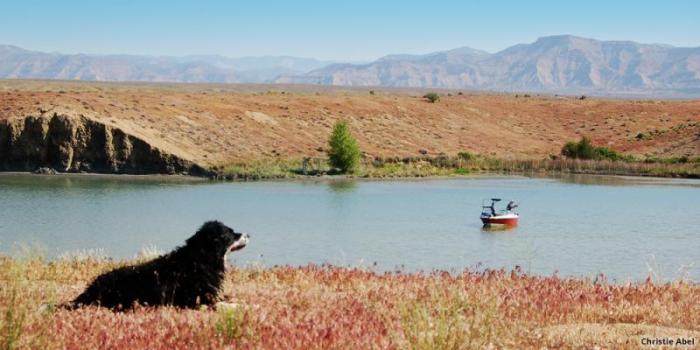“Make the Most of Colorado’s Mud Season”- Shoulder season means bigger deals and smaller crowds.
In the Colorado high country, mountain folk have an expression for that slowed-down stretch of time after ski season and before the busy summer hike-bike-festivals season rolls in.
Aptly named “mud season” refers to late April through May when spring’s sun melts winter’s snowpack, rivers swell and trails transition from frozen to sloppy to dry.
Here are our top tips for making the most of Colorado’s shoulder season in the mountains.
Focus on the quiet
Take a deep breath of glorious mountain air and revel in the lack of crowds. The beauty of the spring off-season lies in wide-open sidewalks, rested and smiling locals and fewer cars on I-70. Daytime temps can climb into the 50s, making for a nice stroll down mountain town Main Streets.
Mid-May is also a great time to go whitewater rafting in Colorado. The river flows are picking up speed and rafting outfitters are excited to get their boats back in the water.
Spring is when Colorado’s rainbow and cutthroat trout start to spawn, making for optimal fly-fishing conditions. Other do-it-while-it’s-quiet ideas include mountain brewery tours, historic walking tours and hot springs soaking (we recommend Iron Mountain Hot Springs or Trimble Spa & Natural Hot Springs). Be sure to explore Colorado’s four national parks before the summer crowds arrive.

Eat cheap
Many mountain town restaurants that remain open in May offer diners 2-for-1 deals. Buy one steak dinner and get the second one free. It’s the perfect excuse to book a date night and try that fine dining spot you wouldn’t normally splurge on.
Some restaurants throw locals appreciation parties and serve up steeply discounted or free apps and drinks, while others host end-of-season keg draining bashes to sell off winter’s brews before they usher in summer seasonals.
Disclaimer: A handful of mountain restaurants close entirely for mud season. Call before you go.
Stay for less
Reduced rate lodging is another prime shoulder season perk. Hotel, condo and resort discounts can often range from 30 to 50 percent off. Call ahead, check online and follow your favorite mountain properties on social media—they’ll throw out offers to loyal fans.

Score gear deals
Spring is a fantastic time to spruce up your outdoor gear collection. Ski and apparel shops are slashing prices, pushing out last season’s gear before the new biking, hiking and running garb comes in. If you’re in the market for a new snowboard, boots or skis, May is the time to wrangle a deal.
For those who get bored and miss the buzz of tourism and trail traffic, don’t worry, it will be back right around Memorial Day. Hang on tight and get your fill of rafting, mountain biking, camping and hiking—summer in the mountains flies as quickly as the wildflowers bloom and the rivers flow and ebb.
By Lisa Blake
“Make the Most of Colorado’s Mud Season”
From: https://www.coloradoinfo.com/blog/colorado-mud-season




